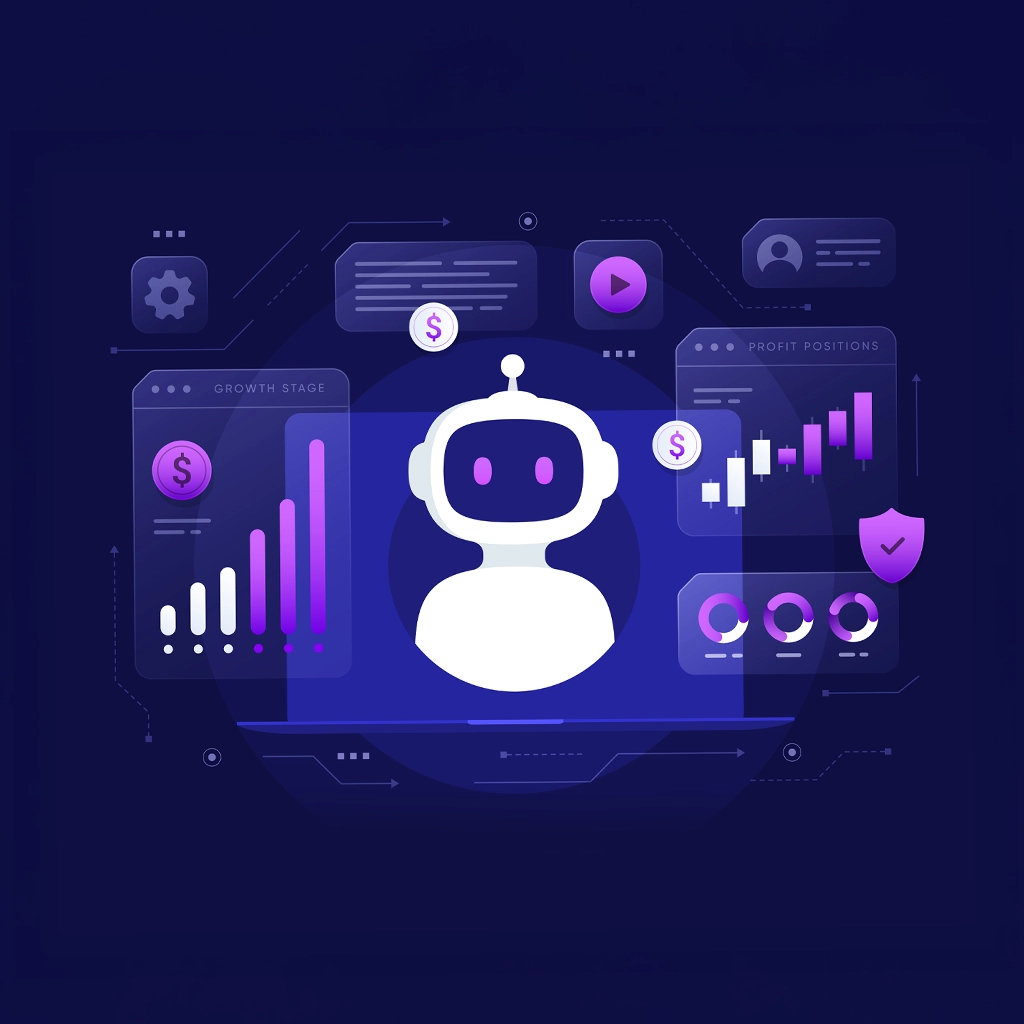The financial industry is transforming, primarily driven by artificial intelligence (AI). While Generative AI has captured attention with its ability to create content, summarize reports, and personalize customer interactions, Agentic AI is emerging as the real breakthrough in Banking, Financial Services, and Insurance (BFSI).
Generative AI focuses on producing outputs based on inputs. Agentic AI is designed to take autonomous actions, make complex decisions, and drive real-time financial processes. The BFSI industry requires precision, compliance, and risk management, which are non-negotiable, which means they need AI systems that can act, not just generate.
Agentic AI vs. Generative AI: The Key Differences
While Generative AI is useful for creating financial reports, policy summaries, and client communication personalization, Agentic AI extends beyond that—it identifies fraud, places trades, manages risk, and drives compliance in real-time. The table below gives a general sense of the distinctions between Gen AI and Agentic AI for use in the BFSI sector.
Feature | Generative AI | Agentic AI |
Function | Creates content, insights, reports | Makes decisions, automates tasks, interacts with systems |
Key BFSI Use Cases | Personalized financial insights, automated report generation | Fraud detection, risk assessment, autonomous trading |
Strength | Enhances customer engagement and efficiency | Improves decision-making and operational automation |
Limitation | Cannot execute real-time decisions | Requires strong governance and compliance measures |
Why BFSI Needs Agentic AI More Than Generative AI
The BFSI industry needs real-time decision-making for fraud prevention, trading, and compliance. Generative AI creates insights and reports, but Agentic AI autonomously executes decisions, not just generates content, making it indispensable for financial institutions. Below are some examples where Agentic AI proves its capabilities.
Fraud Detection and Risk Mitigation
In BFSI, risk assessment is everything. Conventional fraud detection models are based on rule-based engines and static data analysis. But, Agentic AI is capable of automatically monitoring, evaluating, and responding to fraudulent activities in real-time.
- Agentic AI Example: An AI-driven fraud prevention system detects an unusual transaction pattern, immediately freezes the transaction, alerts the customer, and recommends further action without human intervention.
- Why Generative AI Falls Short: Unlike Generative AI, which might generate a fraud analysis report, Agentic AI takes preventive action before financial losses occur.
AI-Driven Trading and Portfolio Management
High-frequency trading companies and wealth management institutions depend on speed and accuracy. AI-powered trading systems must generate insights and execute them instantly.
- Agentic AI Example: An AI-driven trading bot continuously monitors market fluctuations, predicts stock trends, and autonomously executes trades based on real-time data.
- Why Generative AI Falls Short: While it can generate market predictions, it cannot act autonomously to make split-second investment decisions.
Compliance and Regulatory Automation
Regulatory compliance is a serious concern for BFSI firms. Agentic AI can enforce compliance policies automatically, minimizing human error and ensuring financial institutions comply with changing regulations.
- Agentic AI Example: AI agents can monitor transactions for AML (Anti-Money Laundering) compliance, identify high-risk behaviors, and automatically generate regulatory reports or trigger an investigation.
- Why Generative AI Falls Short: Generative AI, on the other hand, can only summarize regulatory updates or suggest compliance measures—it doesn’t actively enforce compliance.
Personalized Customer Experiences with Actionable AI
Customer interactions in BFSI are evolving. While Generative AI enhances personalization through chatbots and financial summaries, Agentic AI takes direct action based on user behavior.
- Agentic AI Example: If a customer frequently overdrafts their account, an AI agent can automatically offer personalized financial planning advice, adjust their overdraft limits, or suggest alternative banking products.
- Why Generative AI Falls Short: Instead of generating suggestions like Gen AI, Agentic AI executes decisions, improving customer retention and experience.
Combining Agentic AI with Generative AI in BFSI
While Agentic AI offers autonomy and decision-making, Generative AI enhances communication and engagement. The future of BFSI AI lies in combining both for maximum impact:
Generative AI creates personalized financial reports, predictive market analysis, and risk assessments.
Agentic AI acts on insights, executes real-time financial decisions, and automates workflows.
Use Case: An AI-driven financial assistant powered by both Generative AI (to summarize spending habits) and Agentic AI (to adjust credit limits automatically based on spending patterns) can deliver a seamless banking experience.
Final Thoughts
Currently, BFSI firms are using AI to generate insights and reports, which are tedious and manual tasks. However, they must adopt AI to move beyond generating insights to making intelligent, autonomous decisions. Generative AI enhances efficiency and engagement, but Agentic AI drives action, prevents fraud, optimizes trading, and ensures compliance—all crucial for a fast-moving, highly regulated financial landscape.
The question is no longer whether AI should be adopted but how businesses can build AI-first ecosystems that balance insight generation with intelligent automation. Check out our other blogs and thoughts on Gen AI and watch out this space for more blogs on Agentic AI.


















